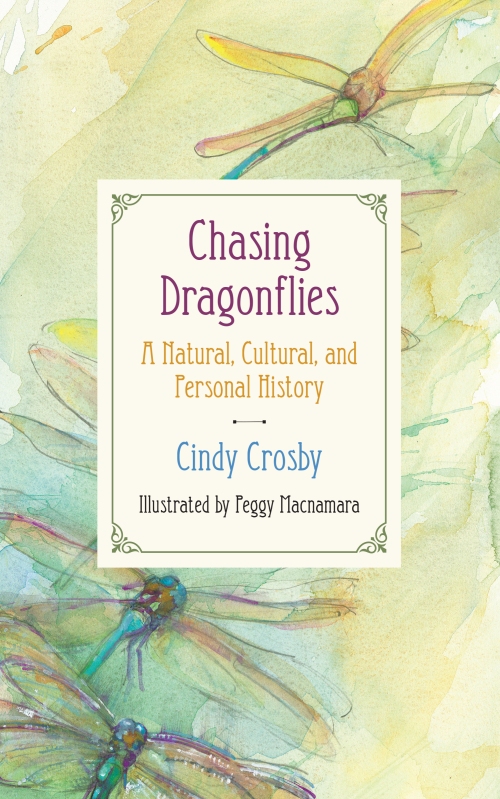“…And the soft rain—imagine! imagine! the wild and wondrous journeys still to be ours.” —Mary Oliver
********
It begins before dawn, with a tap-tap-tap on the windows. At last! Rain.
In my backyard, the plants perk up. From the Sun Sugar cherry tomatoes (everyone’s favorite this summer)…
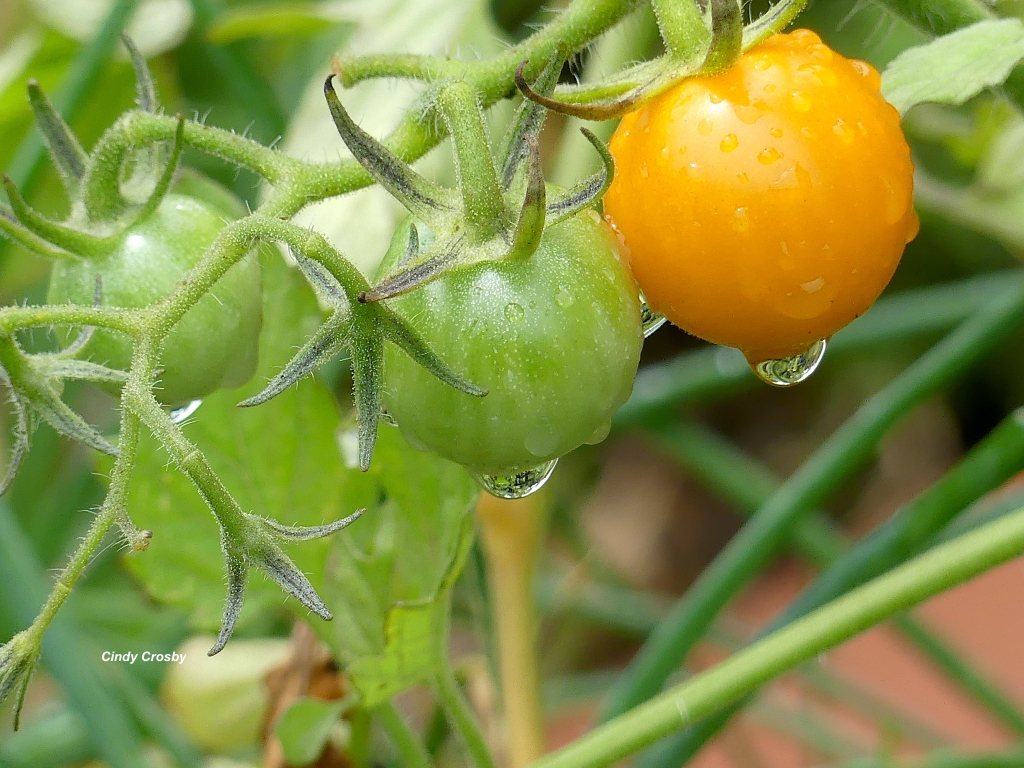
…to the mixed kale…
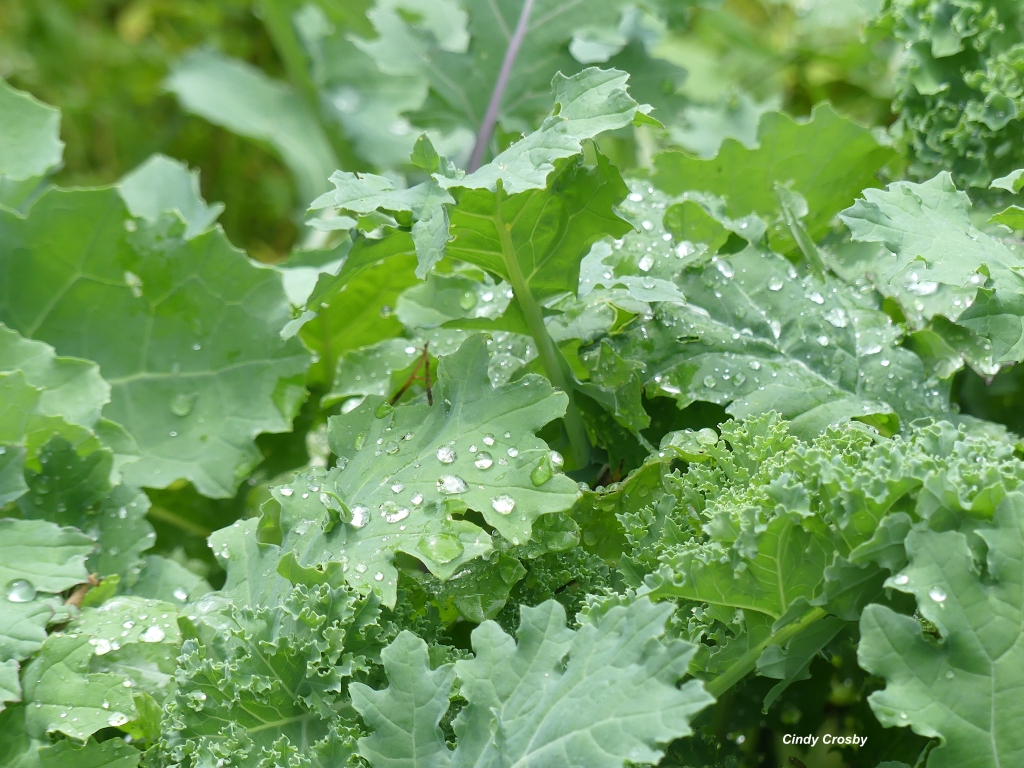
…to the prairie patch along the backyard fence…
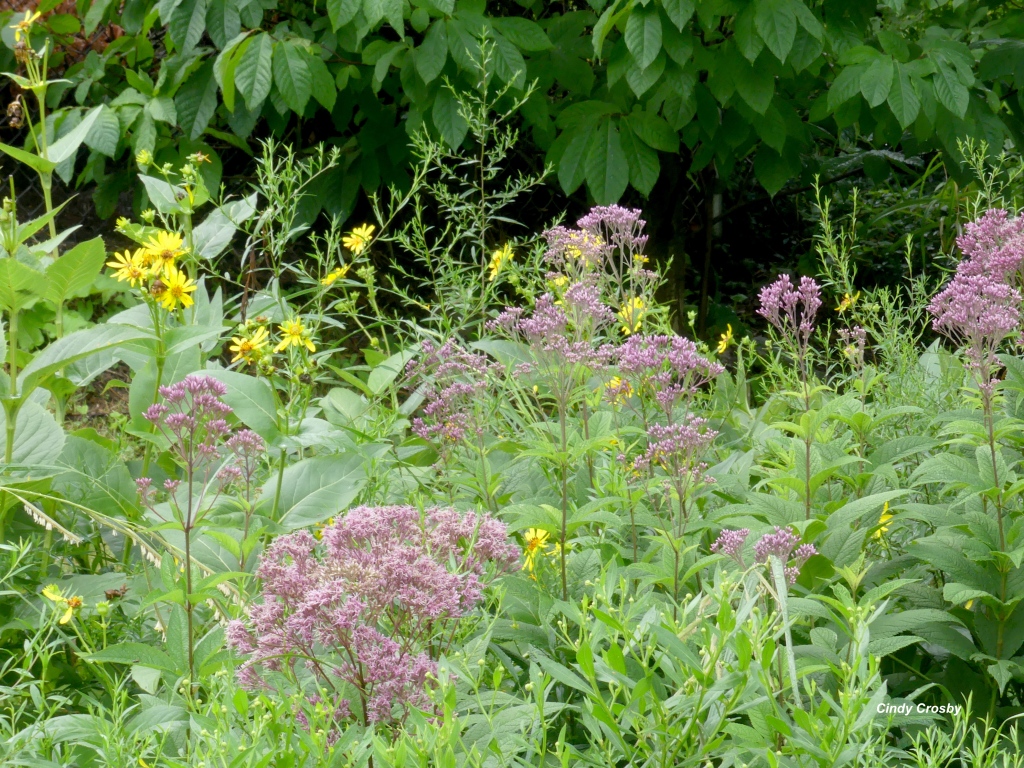
…it’s as if the earth heaves a sigh of relief. The rain perks me up, too. When was the last time we had a rainy day? I can’t remember.
Water drops bead and splash from Queen of the Prairie, its flowers fading to seed.
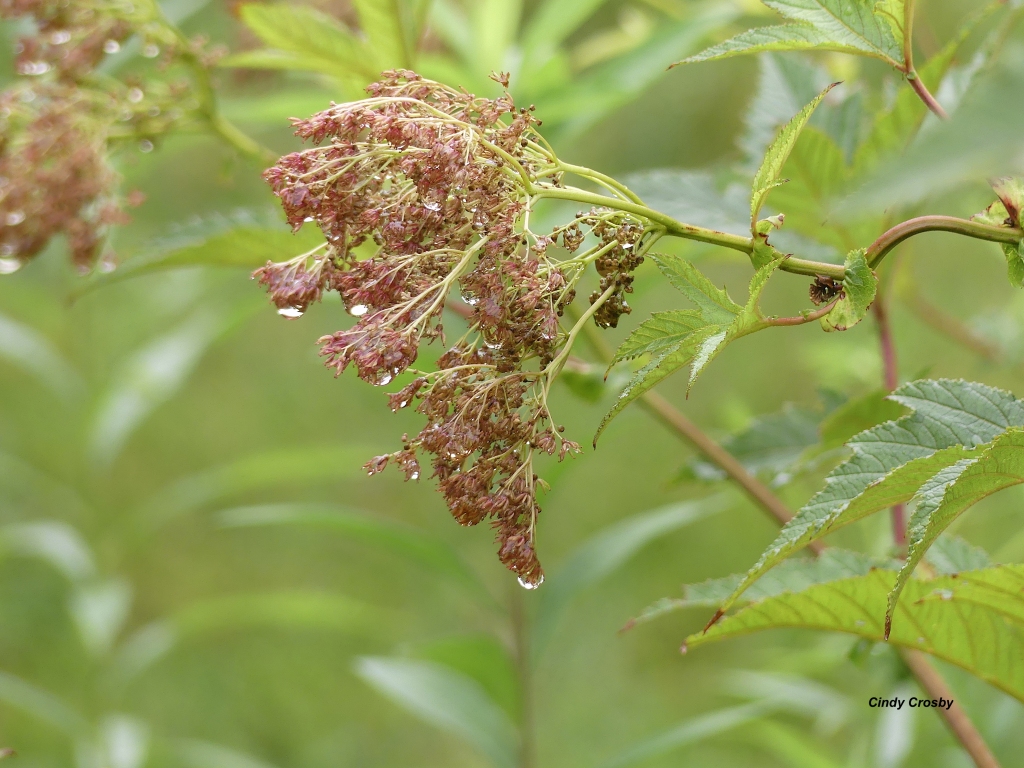
The wild asparagus drips, drips, drips.
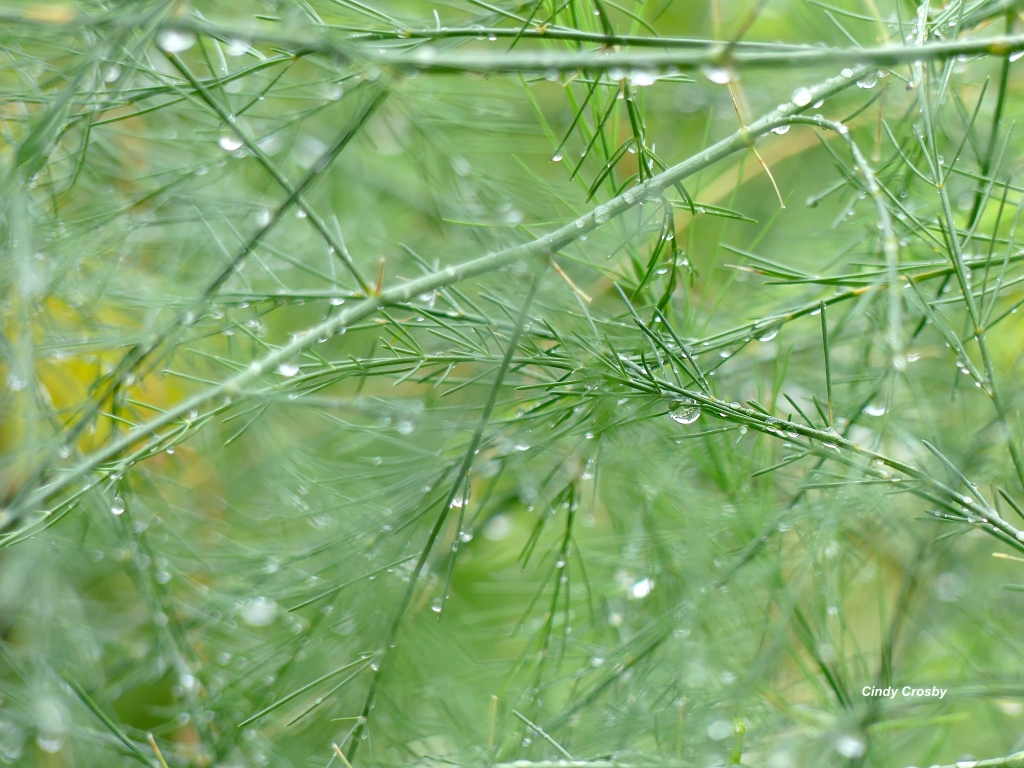
I walk through the grass in the rain and admire the insects braving the wet. A cucumber beetle peers over the top of a spent Royal Catchfly bloom. No cucumbers here, buddy.
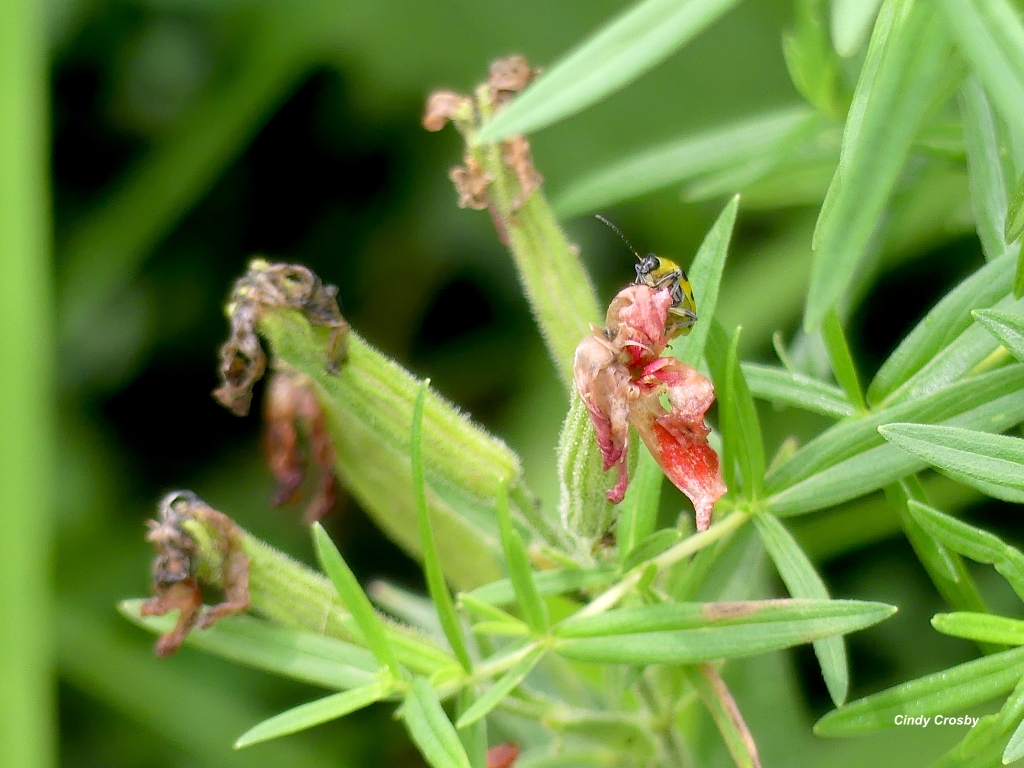
The Wild Quinine, Common Mountain Mint, and the last blooms of Butterfly Weed fall together in the best sort of bouquet.
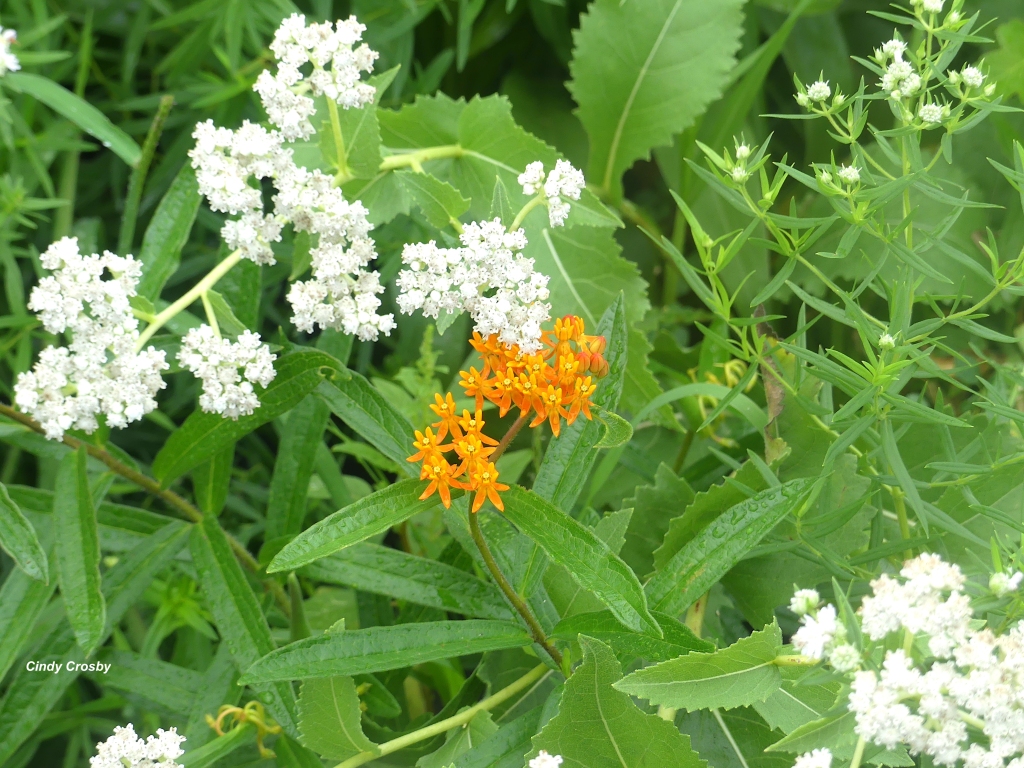
Wait—what’s this? Many of my zinnia’s petals have been neatly stripped off, leaving only the centers. I don’t have to look far to find the culprit, just behind the bird feeders, eating Cup Plant seeds.
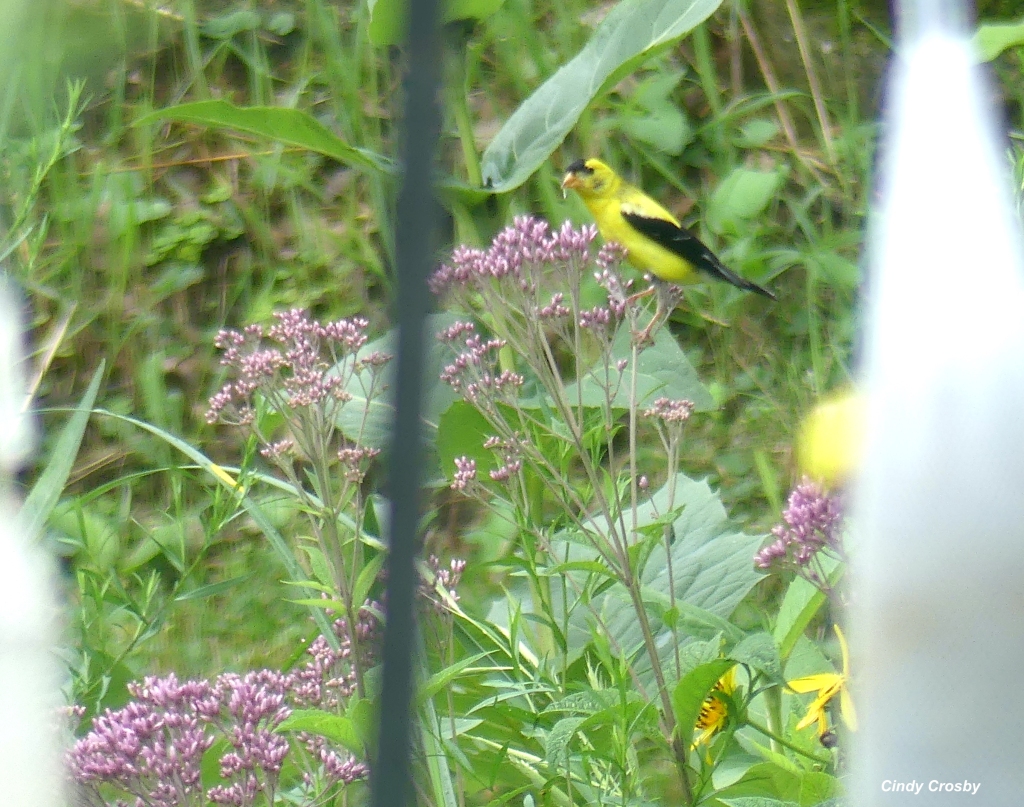
With two sock thistle feeders and plenty of feeders full of birdseed across the backyard, why eat my wildflower seeds? Ah, well.
Agastache—Hyssop—attracts a different kind of crowd.

I have a lot of Hyssop this year, gifted to me by generous friends. Last summer, I plopped it into an available space right by the patio without checking to see how tall it would get. Surprise! It towers over my head. Another surprise—sometimes Purple Giant Hyssop is sometimes…white! I won’t win any landscape design points for placing it where I did. And yet, I’m glad it’s where it is. Even in the rain, every little pollinator wants to stop and sip.
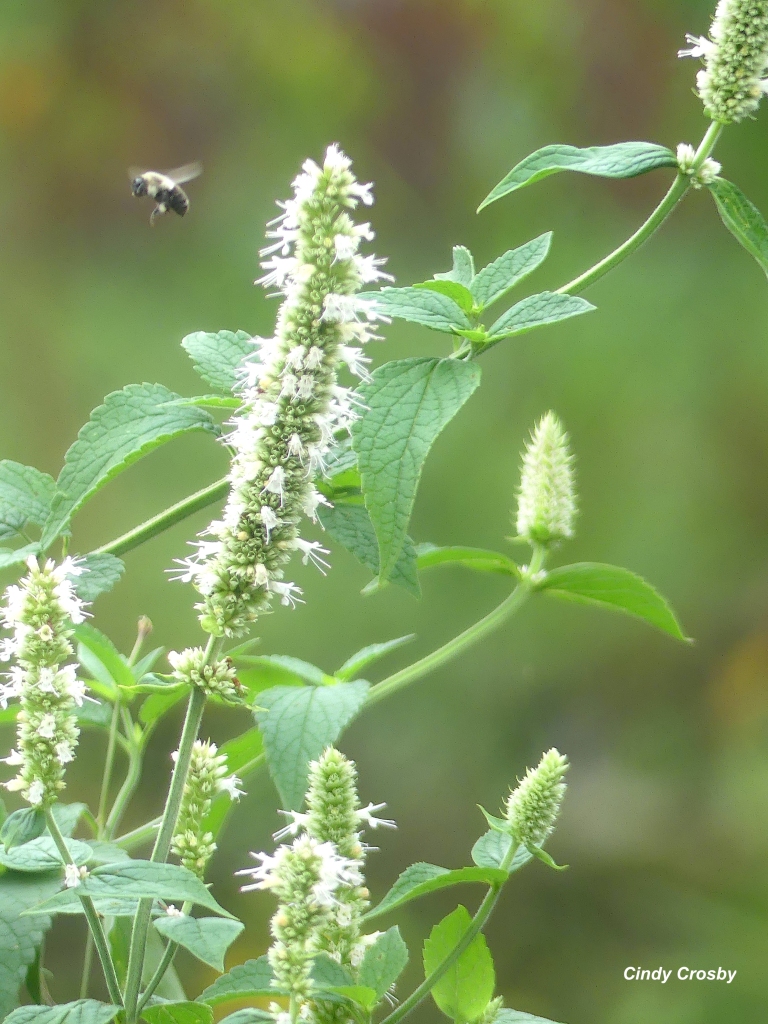
The pale pearl buds of blazing star will open any day.
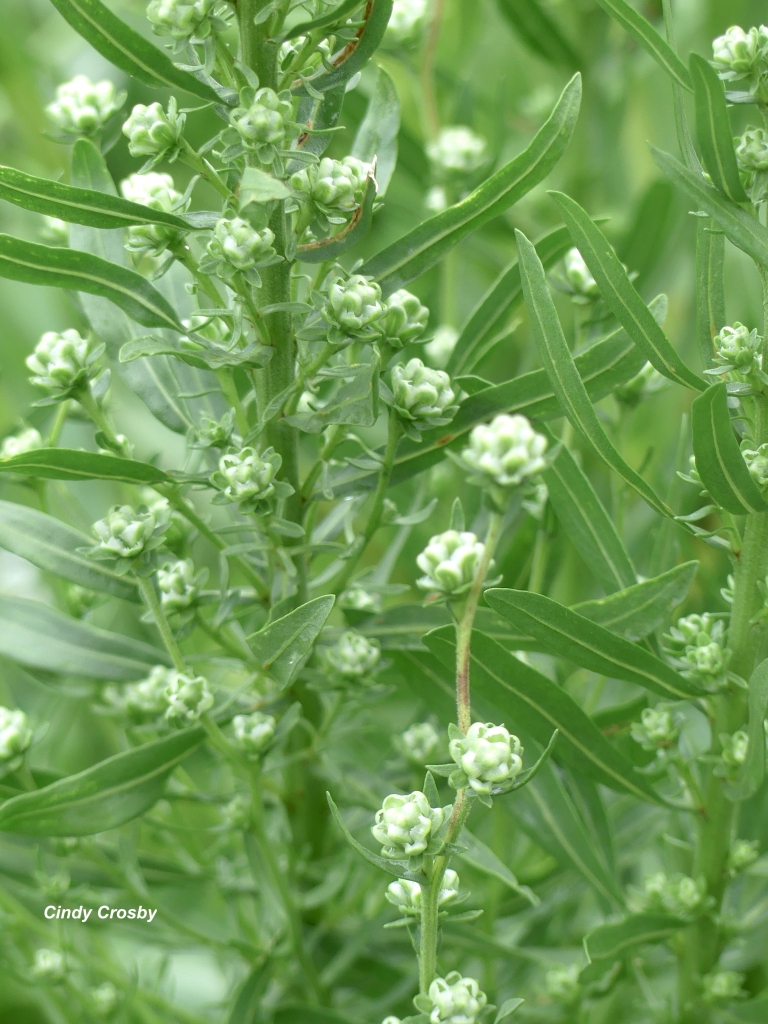
August and anticipation go hand in hand.
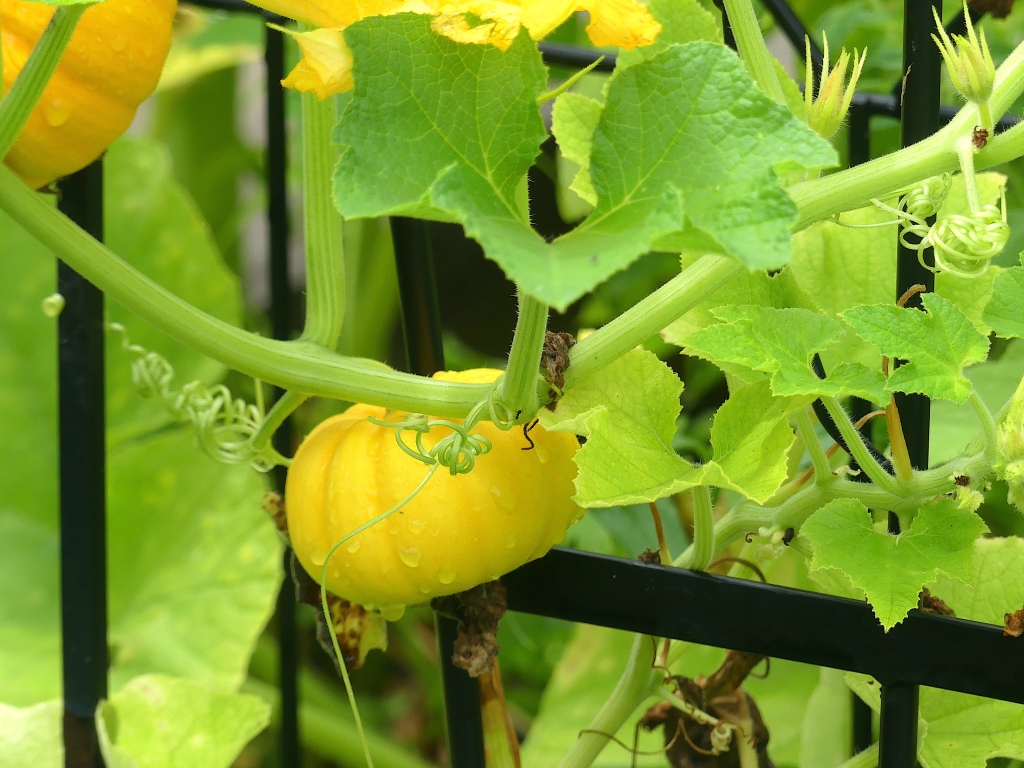
Summer is passing. Walking through the yard in the rain, I feel it. Goldenrod shows its metallics. Wildflowers go to seed. Autumn whispers: Not too long, now.
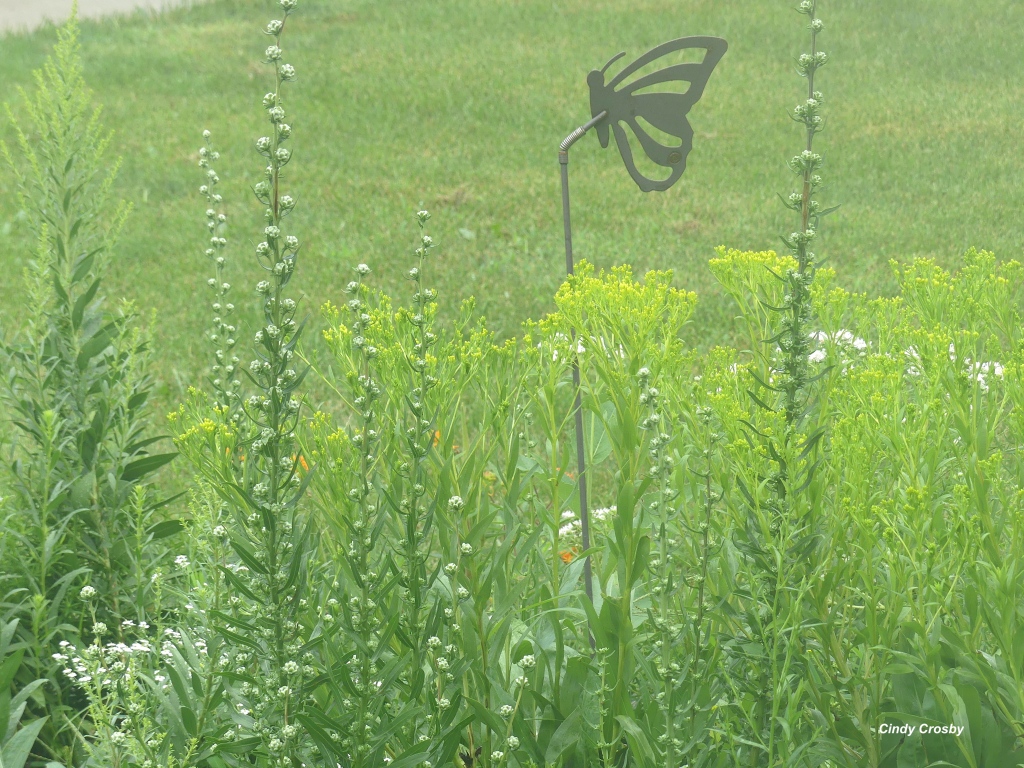
My camera lens fogs up again and again. It feels like 100 percent humidity here, but I’m not complaining about the sauna treatment. Because it is raining! Finally.
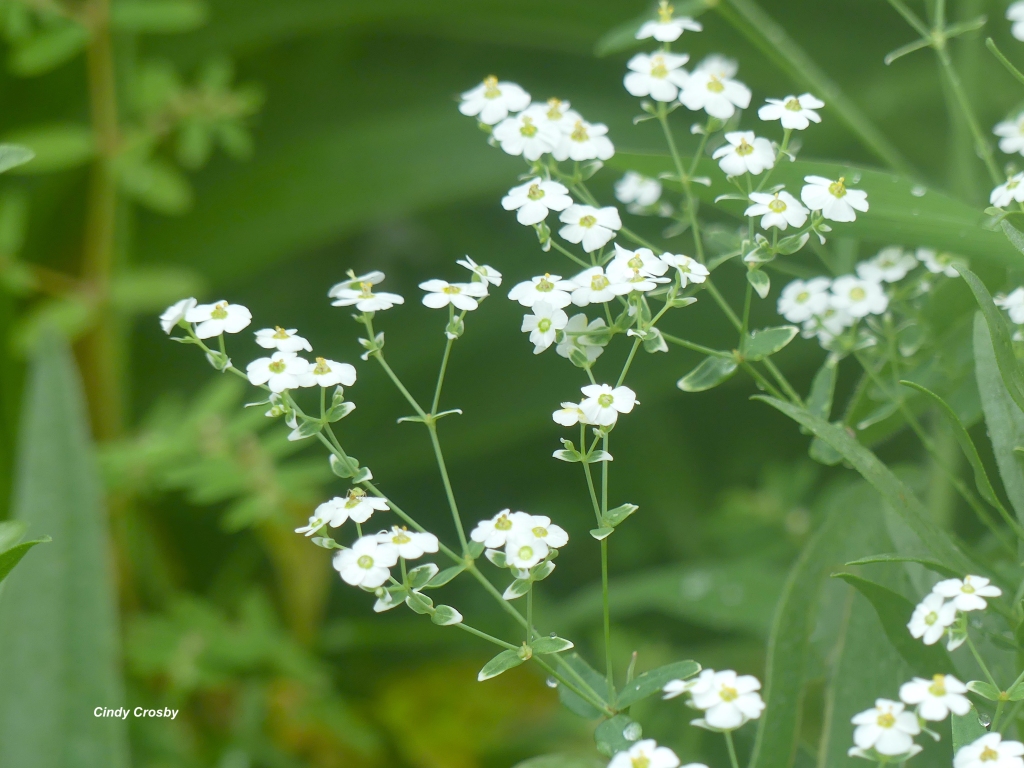
Welcome back, rain. We missed you.
*****
The opening quote is from Mary Oliver‘s poem, “Last Night the Rain Spoke to Me,” from What Do We Know. Oliver (1935-2019) was a force of nature who opened so many of our eyes and ears to the complexities and joys of the natural world. Read the full poem here.
****
Join Cindy for a Program in August!
West Cook Wild Ones presents: A Brief History of Trees in America with Cindy on Sunday, August 21, 2:30-4 p.m. Central Time on Zoom. From oaks to maples to elms: trees changed the course of American history. Native Americans knew trees provided the necessities of life, from food to transportation to shelter. Trees built America’s railroads, influenced our literature and poetry, and informed our music. Discover the roles of a few of our favorite trees in building our nation—and their symbolism and influence on the way we think—as you reflect on the trees most meaningful to you. Free and open to the public. Join from anywhere in the world—but you must preregister. Register here.








































